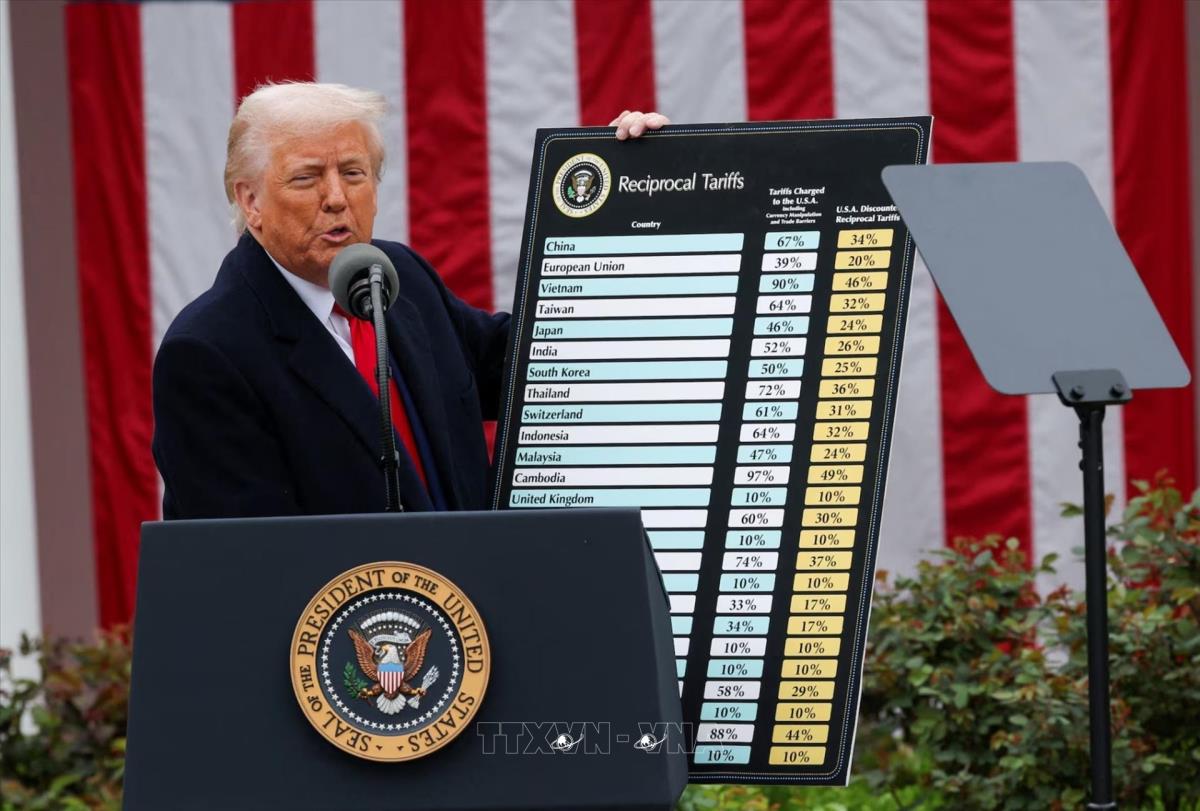
Observers have previously devoted much ink to analyzing the purpose of tariff policy: raising government revenue, promoting manufacturing to the United States for economic and national security reasons, and correcting trade imbalances. All three of these motivations were mentioned in the US President’s April 2 Rose Garden announcement.
The surprise here is perhaps that the US President is determined to implement what he promised during the election campaign. Many people who previously thought that the White House leader's statements about tariffs were just threats, just "rhetoric", have now had to change their views.
The US current account deficit — a broad measure of trade and income from abroad — will hit $1.1 trillion in 2024, perhaps deepening the need for global trade reform among President Trump and his advisers. Tariffs may bring new revenue to the government but have the potential to wreak havoc on financial markets. High asset prices over the past two years have reflected investors’ bets that the US economy is in better shape than its peers.
The 47th president of the United States inherited an economy with steady growth and low inflation, but one that is vulnerable to a frozen housing sector, a cooling labor market and high stock valuations. President Trump has long labeled the trade deficit a sign of economic weakness. But in the White House's efforts to narrow the trade deficit, countries may reduce their purchases of US Treasury bonds or have less spare capital to invest in the stock market, real estate, etc. in the world's largest economy. It is safe to say that the new tariff policy will not only disrupt trade activities, but also change the flow of foreign capital into the United States.
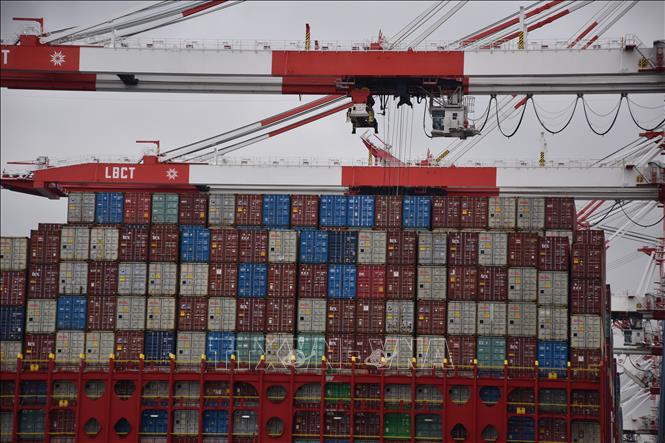
It's a big gamble, and the US president himself seems to have anticipated that the new tariffs would cause a lot of volatility in global markets. "There's a transition period, because what we're doing is very big," Trump said. The base 10% tariff takes effect on April 5, and reciprocal tariffs take effect on April 9, so countries around the world have little time to choose their path. Some countries will try to reach a deal with Washington, while others may respond with retaliatory tariffs, but the global economy will be filled with uncertainty. No place is immune to the new US tariffs. The most remote places on Earth, such as Heard Island and the McDonald Islands, which are home to only wild animals, are also among the Australian "external territories" that the White House has singled out for the 10% tariff.
In the first three months of his second term, President Donald Trump has shown that he is serious about bringing manufacturing back to the United States and that he is willing to use tariffs on a massive scale to do so. “Access to cheap goods is not the essence of the American Dream,” Treasury Secretary Scott Bessant said in a speech at the Economic Club of New York. And we can understand that statement as follows: tariffs will increase prices in the US market to promote President Trump’s long-term goal of bringing manufacturing back to the “land of the stars and stripes.” The US president has also acknowledged that there will be short-term pain and sacrifice on the road to realizing his economic vision.
In an interview on Fox News, Mr. Trump refused to rule out a recession in the U.S. economy. The American president is betting that people will be patient enough to endure high living costs and even an economic downturn to bring American manufacturing back to its glory days.
Tariff 'earthquake' - Last article: Not to miss the beat with the times
Source: https://doanhnghiepvn.vn/quoc-te/-con-dia-chan-thue-quan-bai-2-giac-mo-my-va-chien-thuat-tat-tay/20250408084342498



![[Photo] Anh Hoang - Dinh Duc successfully defended the men's doubles championship of the National Table Tennis Championship of Nhan Dan Newspaper](https://vphoto.vietnam.vn/thumb/1200x675/vietnam/resource/IMAGE/2025/5/23/d6ab3bcac02c49928b38c729d795cac6)
![[Photo] Top players gather at the 2025 Nhan Dan Newspaper National Table Tennis Championship](https://vphoto.vietnam.vn/thumb/1200x675/vietnam/resource/IMAGE/2025/5/23/9ad5f6f4faf146b08335e5c446edb107)





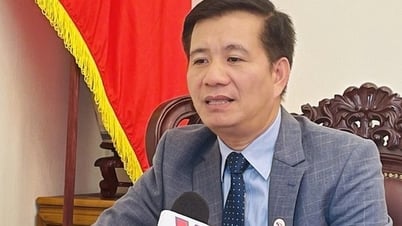




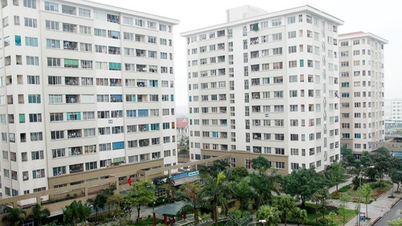






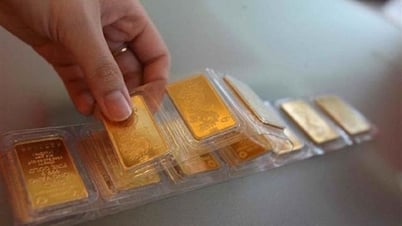

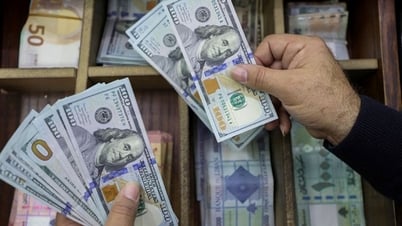
















































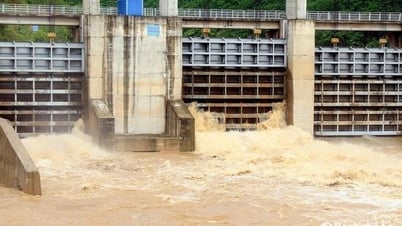

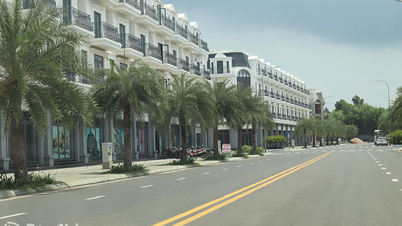



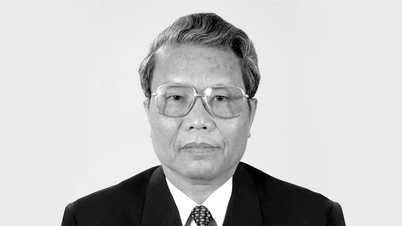

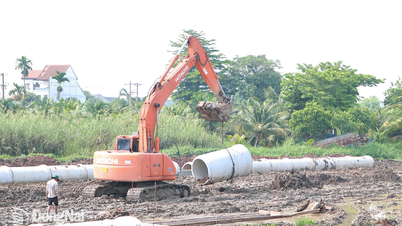












Comment (0)